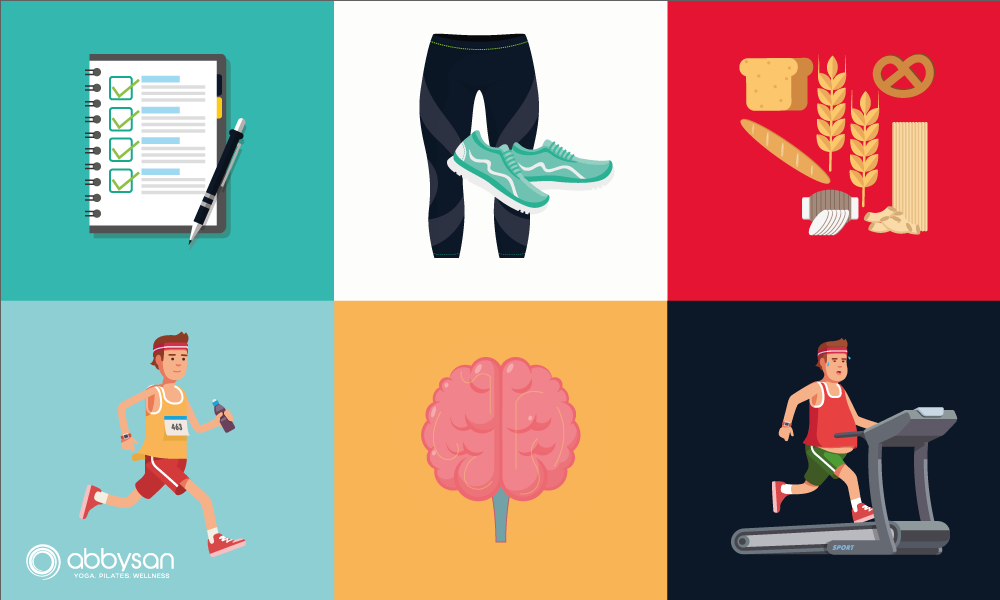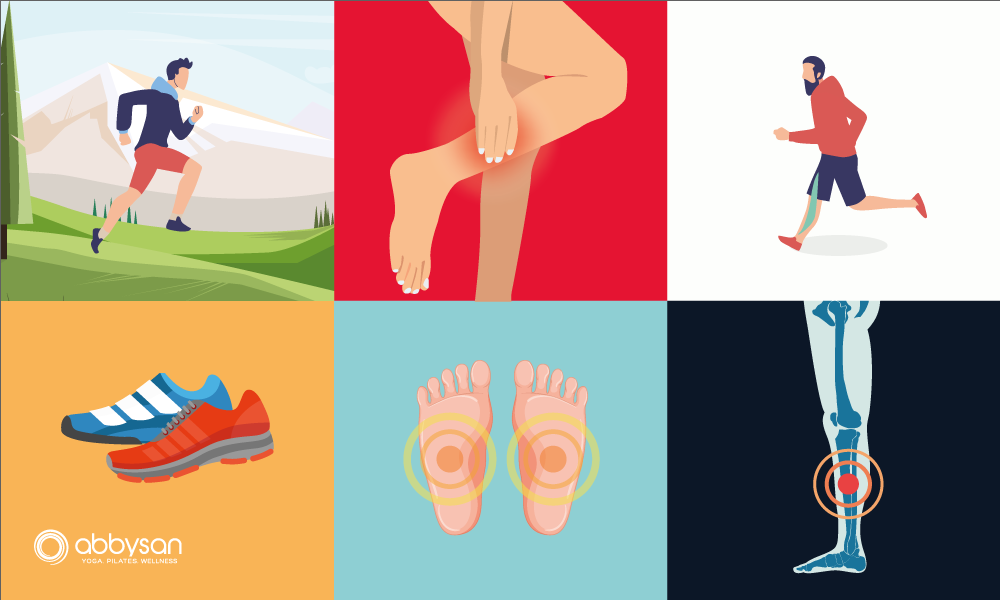Marathon is a name gotten from a place in Greece where it is first practiced. Because of its popularity, it stood out amongst other distance races and was once the centerpiece in Olympic but has now replaced with other various field races and fast track that looks more interesting on television.
Marathon training is a bit different from a standard 5, 10 or 12 km race. While preparing for the race, the runner must have to get used to running at a marathon pace for an extended period.
Long Run
Marathon’s preparation most crucial workout is ‘The Long Run.’ The Long Run is developed by increasing the mileage of the runner once a week until the athlete can run for 2-3 hours generally. Although this increase is to be done gradually and gently, the weekly mileage increase should be about 10 to 20% of your goal mileage and is majorly dependent on the runner’s baseline.
Plans on the weekly distance to be covered must first be made, to help plan the increase accordingly. After this, the runner can begin to include speed workouts.
Marathon pace running
In this type of training, the runner runs at the projected marathon pace. These are tough runs that can go on for about 2 hours mimicking the primary marathon race.
Getting a running partner that runs at the same speed as you, keeps you going and helps to pace your rate during workouts. Joining a half-marathon is also a good idea, but you must ensure you run at your own marathon pace, as it is an effective way of preparing for the main marathon.
Food, fluids, and paraphernalia
During preparation for the real marathon, knowing the kind of food and drinks you are conditioning your body to is essential as it determines how slow or fast your pace during the race will be. Experts have advised you to stay hydrated by drinking fluids every 10 to 15 minutes during the run, whether you are thirsty or not.
Check your body reaction to the type of fluid that served at the race by using it during practice. Sports drinks give a better boost than plain water.
Avoid food that contains fiber; eat more of food rich in carbohydrates.
Choose the gears, i.e., shoes, running clothes, socks, shorts, you are comfortable with, and practice it until it becomes part of you, the aim is for you to be extra comfortable during the marathon race.
Other pre-race preparations
The final long run is to be done two weeks before the primary marathon race and should be about 20 miles (32.19 km) or at least3 hours run. Finally, before you enter the marathon, ensure you take much rest to heal from injuries obtained during pre-race preparation.
Following the routine of the previous runner who broke a record also helps your running ability and keeps you motivated and pushes you to achieve results you would be proud of. Training on Distance running should be done gradually and with no harshness at all.









